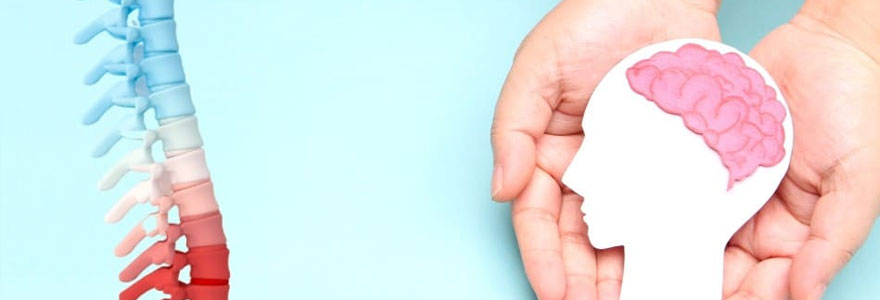
Dr. Chandranath Tiwari
MBBS, MS, MChBrain & Spine Vascular Surgeries

Brain and spine vascular surgeries involve the treatment of conditions affecting the blood vessels in the brain and spinal cord. These surgeries aim to address vascular abnormalities, such as aneurysms, arteriovenous malformations (AVMs), and other conditions that affect blood flow to the brain or spine. The procedures can be both open surgeries and minimally invasive, depending on the nature and location of the vascular issue.
Here are some common brain and spine vascular surgeries:
- Aneurysm Clipping: Aneurysms are weakened areas in the walls of blood vessels that can balloon and potentially rupture. Clipping involves placing a small metal clip around the neck of the aneurysm to prevent it from rupturing.
- Endovascular Coiling: This minimally invasive procedure involves threading a catheter through the blood vessels to the site of the aneurysm. Small coils are then placed within the aneurysm to promote blood clotting and prevent rupture.
- Arteriovenous Malformation (AVM) Excision: AVMs are abnormal tangles of blood vessels that can disrupt normal blood flow. Surgical excision involves removing the AVM, and the procedure may be done using open or minimally invasive techniques.
- Carotid Endarterectomy: This procedure is performed to remove plaque buildup in the carotid arteries, which supply blood to the brain. It is commonly done to reduce the risk of stroke.
- Embolization: This technique involves blocking or reducing blood flow to abnormal blood vessels or tumors. It is often used in conjunction with other procedures.
- Cerebral Bypass Surgery: In cases where there is compromised blood flow to the brain, a bypass may be created to reroute blood around a blocked or narrowed artery.
